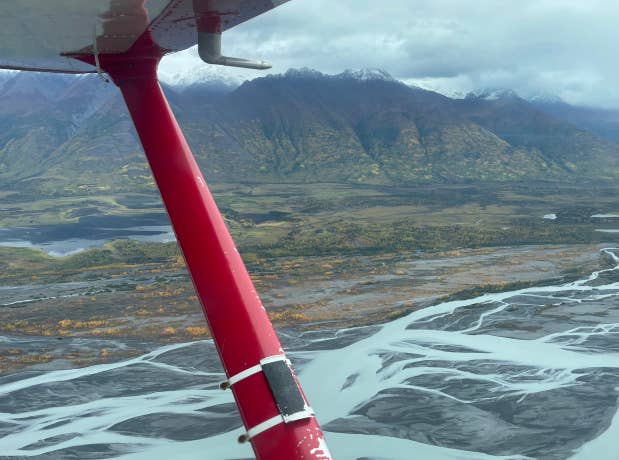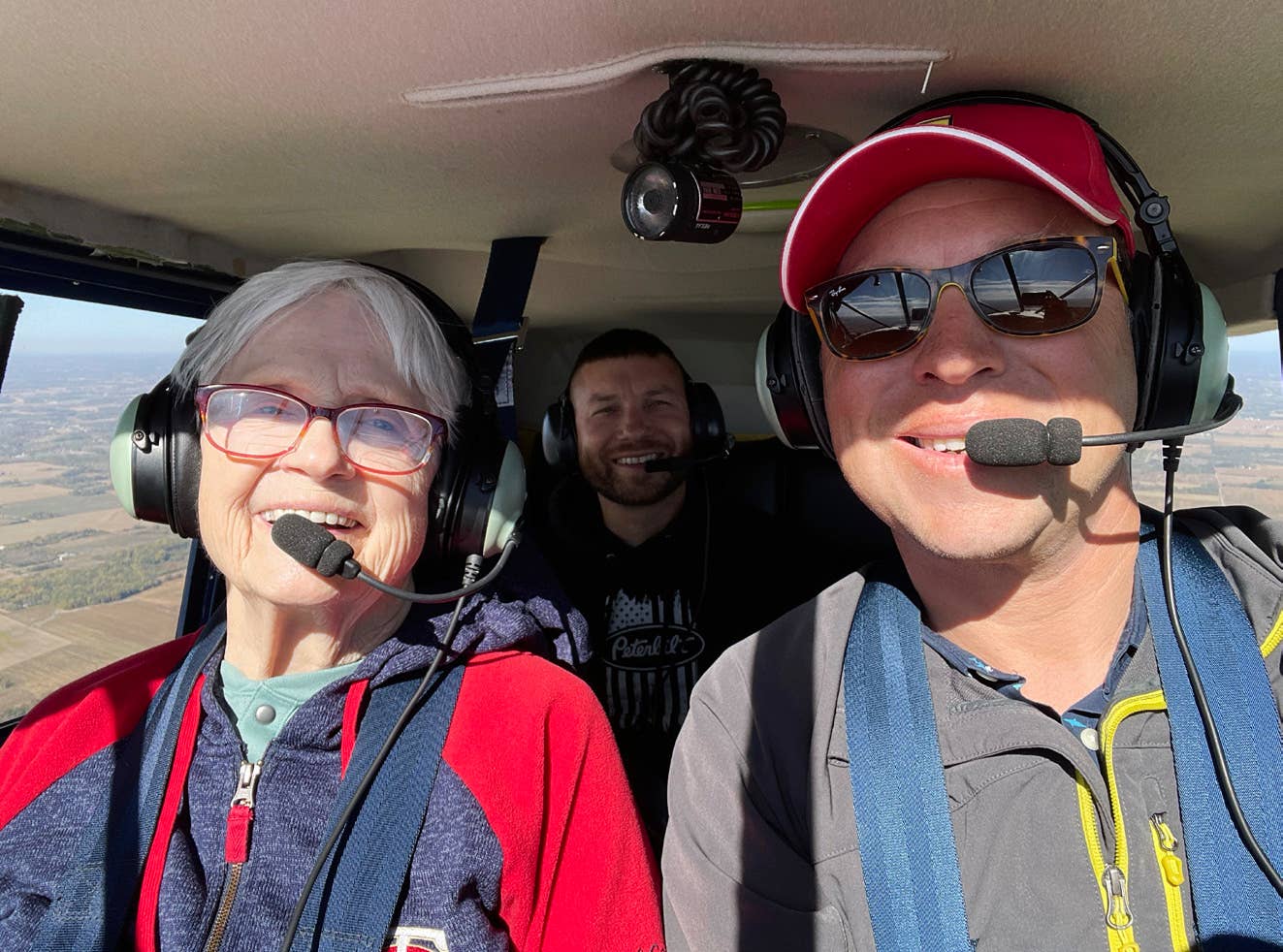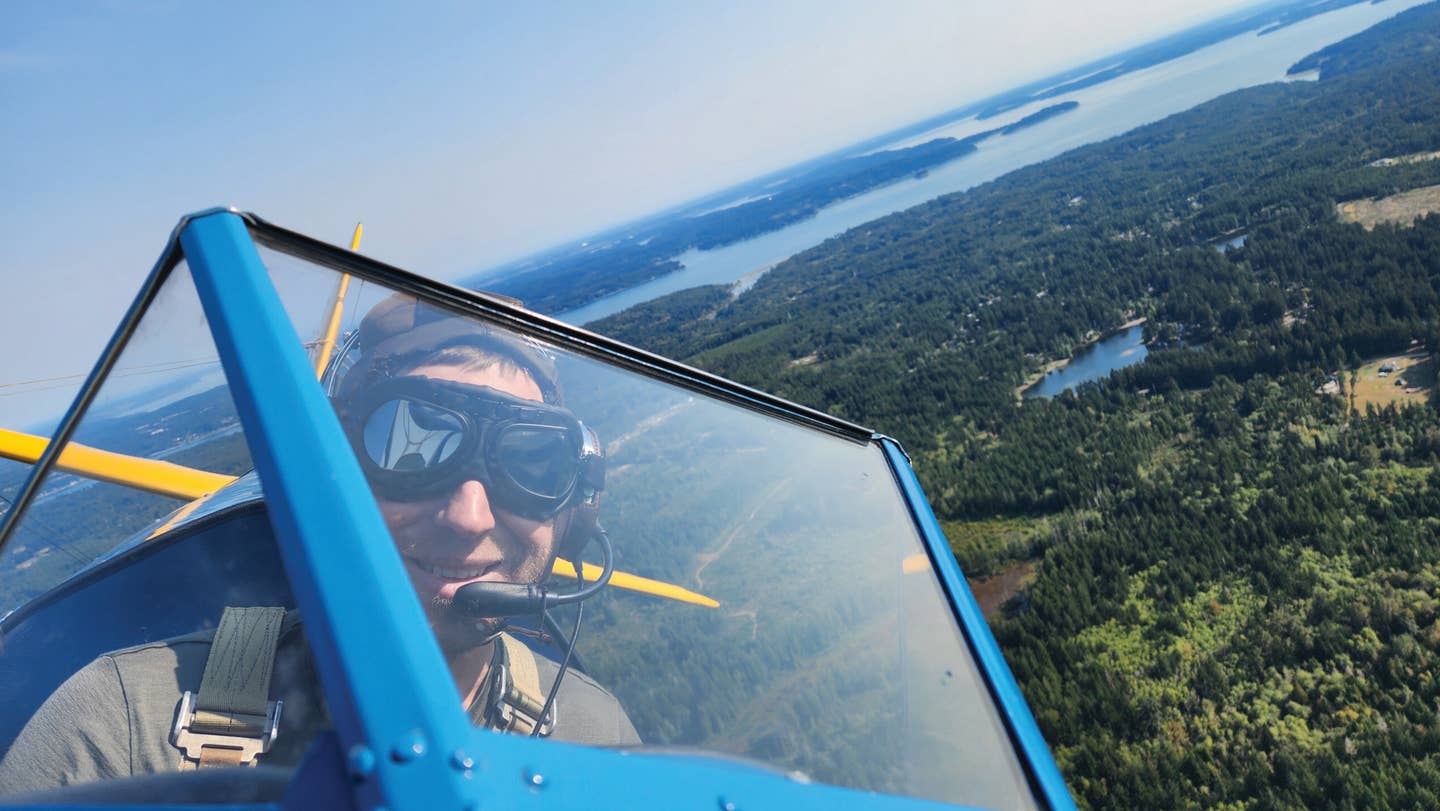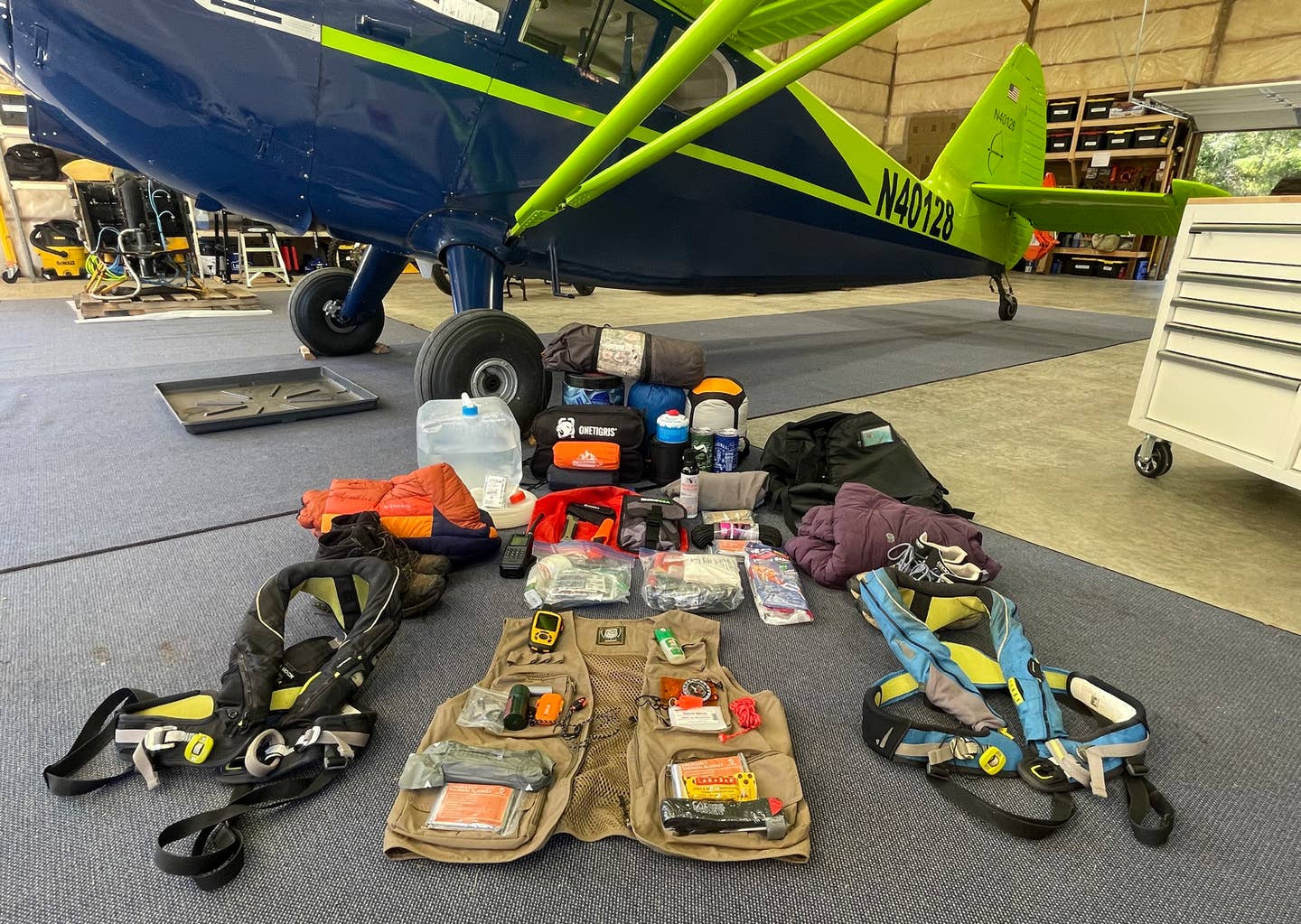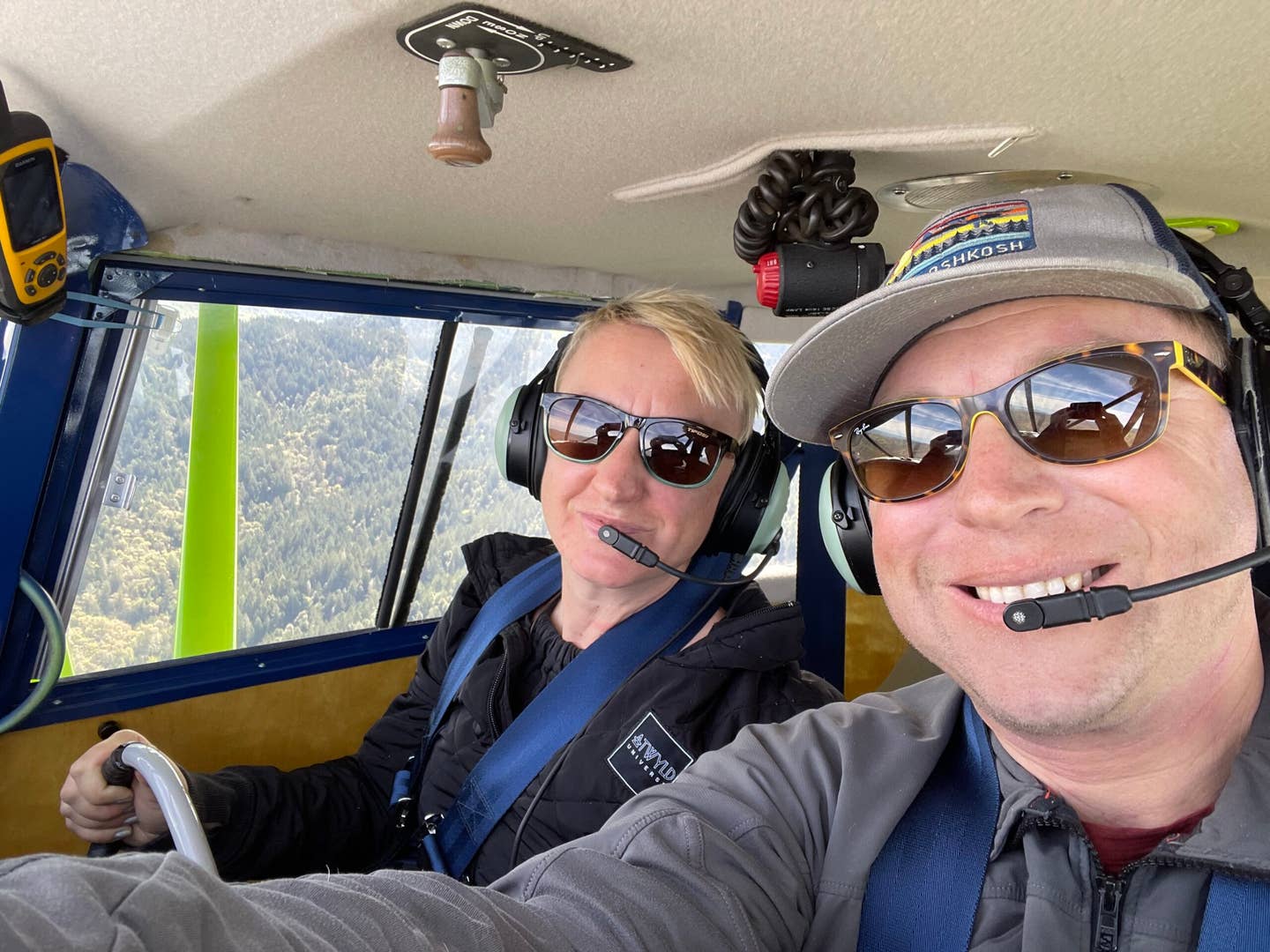Anatomy of a Bomb Cyclone
Three cities, two coasts, and one massive weather event.
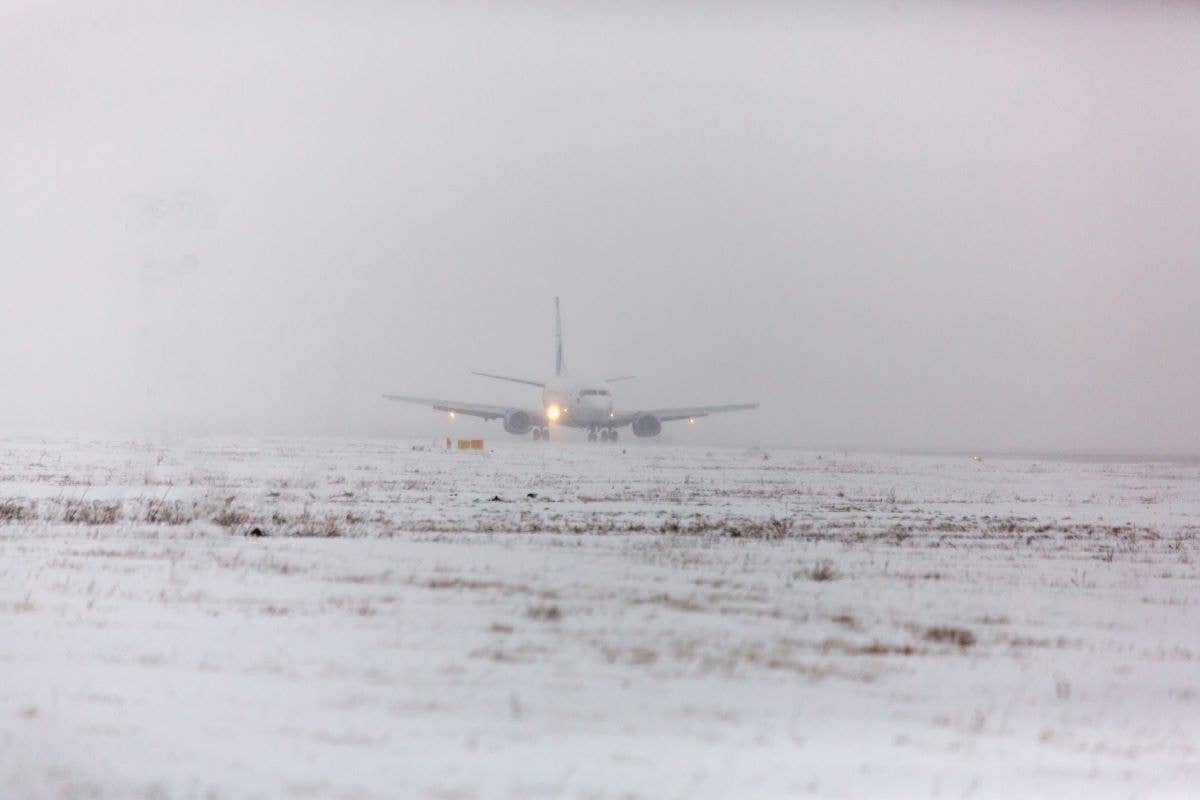
[Credit: iStock]
Boston, 8 a.m.: I button my uniform jacket, don a neon safety vest, and step outside the jet bridge into a roaring gale. Most captains do the walk around on the first officer’s flying legs at my airline, and it’s John’s turn to fly, so, per tradition, I brave the howling wind and pouring rain. By the time I reach the Boeing 737’s tail, I am soaked to the skin. I turn to inspect the tail skid and am nearly swept off my feet by a fierce gust that has every bit of 50 knots in it. I am reminded of the time I rode out Tropical Storm Isaias aboard Windbird. This day has the same evil intensity to it.
Twenty-four hours ago, I awoke to a much gentler morning, sun-kissed and caressed by the gentle trade winds of Aruba. This tropical layover was the main reason I specifically bid this four-day trip. It came at the price of a Boston-Detroit-Seattle last day, always a bit of a gamble in late December.
If you're not already a subscriber, what are you waiting for? Subscribe today to get the issue as soon as it is released in either Print or Digital formats.
Subscribe NowThis time it looks like I’ve lost the bet. I woke up fully expecting one or both of today’s flights to cancel. The news has been dominated by the massive weather system—a “bomb cyclone” named Winter Storm Elliott—that has impacted nearly the entire country. With Christmas a few days away, mass cancellation of jam-packed flights is a major story. My airline already canceled a significant portion of our schedule for the next two days, which isn’t entirely out of character. We have one of the lowest cancellation rates among U.S. airlines but, paradoxically, are fairly aggressive about canceling preemptively. The idea is that by canceling early and in a controlled, coherent manner, you can avoid operational meltdowns that leave crews stranded all across the system and unable to staff scheduled flights for days to come. But alas, it is not my lot to sit on the sidelines today. Instead, John and I are among those chosen to set out from coast to coast in truly execrable weather and attempt to operate a semblance of airline service. First, in Boston, we will battle heavy rain and winds gusting to 45 knots. Then, in Detroit, we face even higher winds, frigid temperatures, moderate snowfall, and blowing snow. Finally, back home in Seattle, freezing rain has turned the airport into a giant skating rink. I can’t remember the last time I’ve flown in such poor weather at three widely-spaced locations in a single day.
I return from the walkaround soaking wet. The flight attendants make sympathetic noises and hand me galley wipes to dry my hair. The flight plan is fairly straight-forward; our alternate doesn’t have much better weather than Detroit, but we’re loaded to the gills with gas, which puts warm fuzzies in my cold captain’s heart. Our turbulence forecast is suspiciously muted. I tell the flight attendants to stay seated until further notice and, preflight duties complete, wander back to first class to welcome the frequent fliers and explain just what we’ll be doing today. We have several million milers aboard, but everyone is wide-eyed and paying attention to every word. These people drove here in this weather—they know it’s terrible.
We push back and taxi out right on schedule, and the wind has obligingly eased by a few knots, the rain has slackened, and the sky is appreciably lighter. The airspeed bounces all over on the takeoff roll, but the predictive windshear alert system remains gratifyingly silent. I call rotate, and John skillfully eases the 168,000-pound machine into the air. The ride is every bit as rough as expected, but only for a few minutes. At 6,000 feet msl we unexpectedly blast out into brilliant sunshine and smooth air. In fact, it remains smooth all the way to Detroit, though we pass over places like Buffalo and Cleveland that are being absolutely walloped.
As we approach Detroit, the wind is still gusting to nearly 50 knots but only 20 degrees off of the crosswind runways, and the snowfall and blowing snow is moderate enough that the snow plows are easily keeping at least one runway open with good braking action reported. When we break out two miles from Runway 27R, a stark winterscape greets us. The snow streaks tearing across the runway make the crosswind appear fierce, but it’s actually pretty benign. John makes a great landing, and the braking is decent in patchy dry snow. There’s not much moving at the airport, and I am ultra-cautious while taxiing in. Many a crew has made a great landing in terrible conditions only to stick a wheel in a snowbank on their way to the gate. In our case, the main hazard seems to be snow plows that are amusingly oblivious to the presence of airplanes at a major airport.
There are no voicemails from crew scheduling when I turn on my phone, only incredulous texts from friends following my progress across the storm-wracked country. John and I hurry to the next jet. There must be plenty of flights operating because the terminal is bustling with passengers on the move, and a rather cheerful holiday mood prevails. I expected piles of stranded passengers with desperate snowpocalypse vibes.
In fact, all our connecting passengers show up on time, though we are delayed somewhat for bag loading thanks to the icy ramp. While we wait, crew scheduling calls my cell phone. In this case, it’s not to change our trip, only to offer me overtime flying for tomorrow, Christmas Eve. As it happens, one of the trips available has a single leg from Seattle to Minneapolis, which is exactly where I am attempting to travel on severely overbooked flights! I gladly accept a lucrative payday to upgrade from the cramped jumpseat to the more comfortable captain’s perch for my holiday journey.
There’s one remaining wrinkle: We have to deice, but it is so cold that Type IV anti-icing fluid has limited effectiveness, and we must depart less than 15 minutes after deicing, or else make a pre-takeoff visit to the cabin to inspect the wings more closely. In this case, we’re airborne and clawing our way into the maelstrom with a good two minutes to spare. Again, we find smooth air at altitude and have a much nicer flight than the en route weather might suggest. I think about guys like Ernie Gann and Bob Buck in the Douglas DC-3 days and what they would have gone through on a day like this. For that matter, I know there are still hardy freight dogs duking it out down in the weather in ancient Piper Navajos and Cessna 402s. I silently salute them.
The freezing rain in Seattle persists longer than forecast but tapers enough to allow two-runway operations by the time we arrive. Again we break out a couple hundred feet above minimums and are treated to the striking sight of an icebound SeaTac airport. Our runway has been deiced, however, and I manage to keep the pointy end forward. Our day ends with a 30-minute delay that is simultaneously maddening and amusing. Someone drove a lavatory servicing truck onto our parking spot and walked away with the keys, and nobody can find them. I barely suppress the urge to laugh out loud while explaining the situation to our long-suffering passengers.
One week later, I am writing this on a chartered catamaran swinging at anchor in Cane Garden Bay, Tortola. The stars are shining brilliantly in a clear sky, live music is floating from shore on a warm breeze, and waves lap softly on the hull. Winter Storm Elliott already seems like a long- faded dream, and I struggle to recall details. One mildly difficult day plying the nation’s skies in historically atrocious weather will go down as a minor footnote in a lifetime largely dedicated to flight. This is as it should be, a credit to a system that regularly makes the remarkable routine, safely stretching the boundaries of what man and machine are capable of.
This article was originally published in the March 2023 Issue 935 of FLYING.

Sign-up for newsletters & special offers!
Get the latest FLYING stories & special offers delivered directly to your inbox


